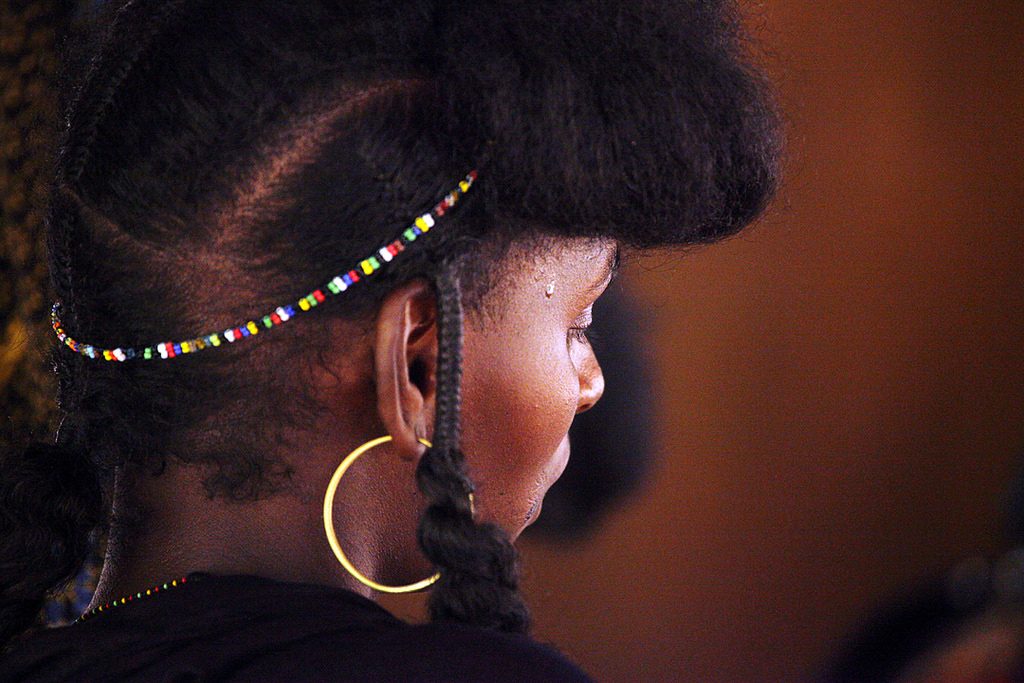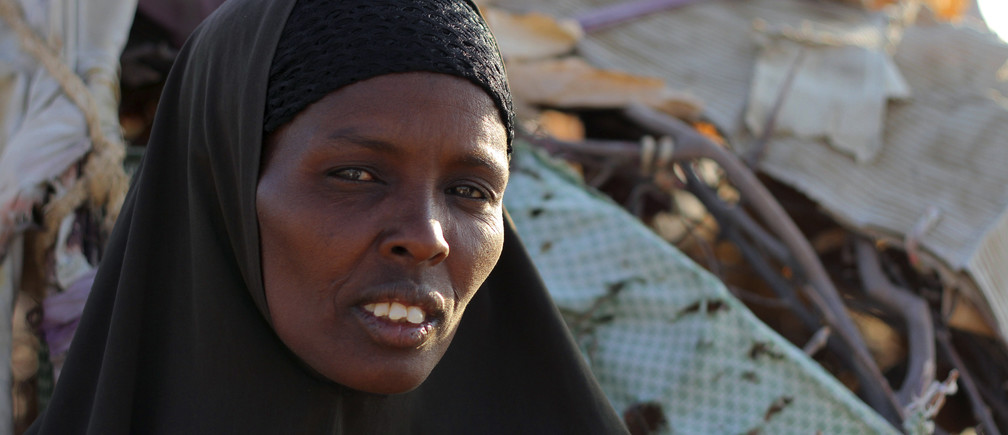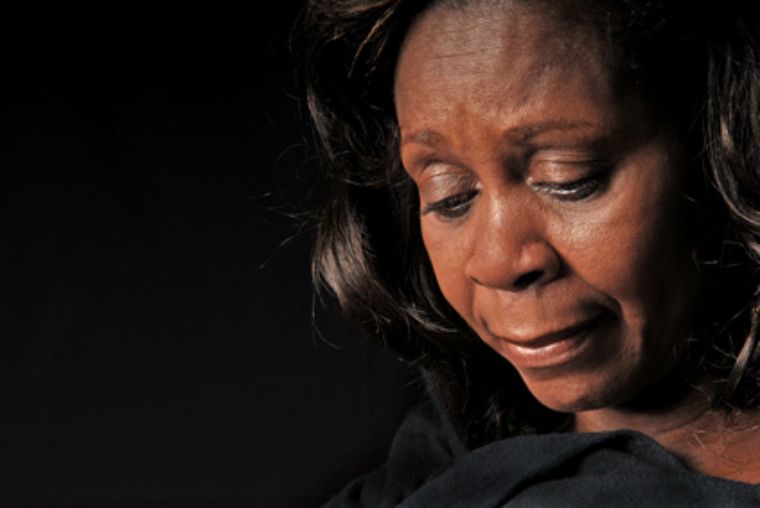Invisible Women, Invisible Problems
Absent in statistics, unnoticed by researchers, neglected by national and local authorities and mostly overlooked by civil society organizations – the situation of widows is dramatic and, in effect, invisible.

Once widowed, women in many countries often confront a denial of inheritance and land rights, degrading and life-threatening mourning and burial rites and other forms of widow abuse.
Widows are often evicted from their homes and physically abused – some even killed – even by members of their own family. In many countries, a woman’s social status is inextricably linked to her husband’s, so that when her husband dies, a woman no longer has a place in society. To regain social status, widows are expected to marry one of their husband’s male relatives, sometimes unwillingly. For many, the loss of a husband is only the first trauma in a long-term ordeal.
In many countries, widowhood is stigmatized and seen as a source of shame. Widows are thought to be cursed in some cultures and are even associated with witchcraft. Such misconceptions can lead to widows being ostracized, abused and worse.
The children of widows are often affected, both emotionally and economically. Widowed mothers, now supporting their families alone, are forced to withdraw children from school and to rely on their labour. Moreover, the daughters of widows may suffer multiple deprivations, increasing their vulnerability to abuse.
Such cruelties are often seen as justified in terms of cultural or religious practice. Impunity for abuses of the rights of widows is rife, with few perpetrators ever successfully brought to justice. Even in countries where legal protection is more inclusive, widows can suffer social marginalization.
Towards progress for widows
International Widows Day is an opportunity for action towards achieving full rights and recognition for widows – too long invisible, uncounted and ignored. A dearth of reliable hard data remains one of the major obstacles to developing the policies and programmes to address the poverty, violence and discrimination suffered by widows.
There is a need for more research and statistics disaggregated by marital status, sex and age, in order to help reveal the incidence of widow abuse and illustrate the situation of widows.

Furthermore, Governments should take action to uphold their commitments to ensure the rights of widows as enshrined in international law, including the Convention on the Elimination of All Forms of Discrimination Against Women and the Convention on the Rights of the Child.
Even when national laws exist to protect the rights of widows, weaknesses in the judicial systems of many States compromise how widows’ rights are defended in practice and should be addressed. Lack of awareness and discrimination by judicial officials can cause widows to avoid turning to the justice system to seek reparations.
Programmes and policies for ending violence against widows and their children, poverty alleviation, education and other support to widows of all ages also need to be undertaken, including in the context of action plans to accelerate achievement of the Sustainable Development Goals.
In post-conflict situations, widows should be brought in to participate fully in peacebuilding and reconciliation processes to ensure that they contribute to sustainable peace and security.

